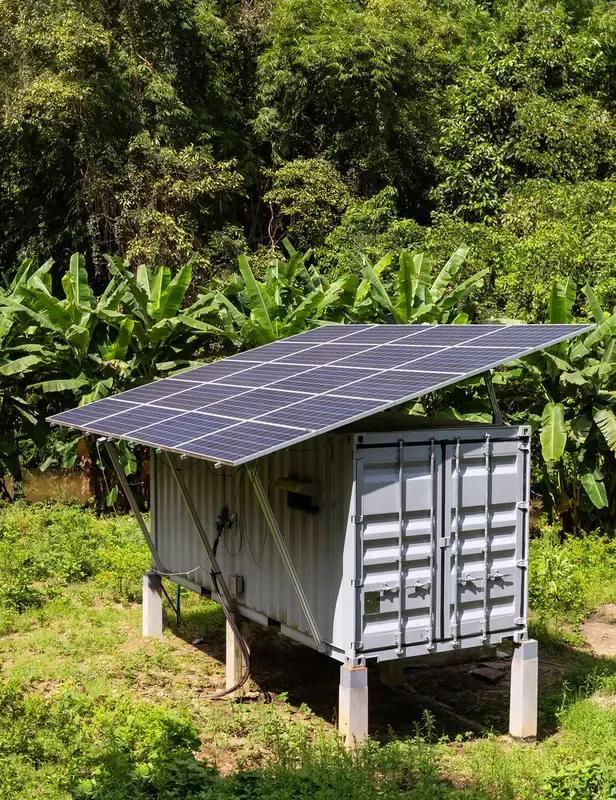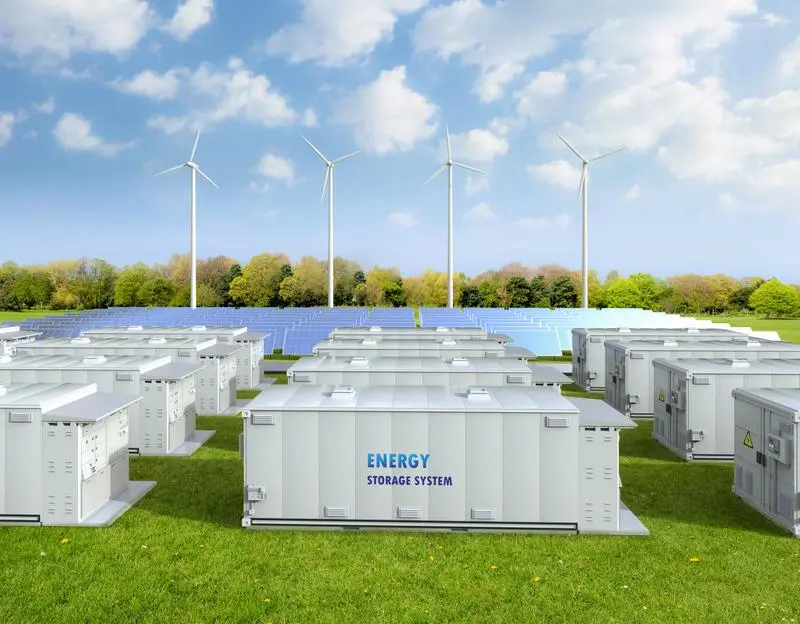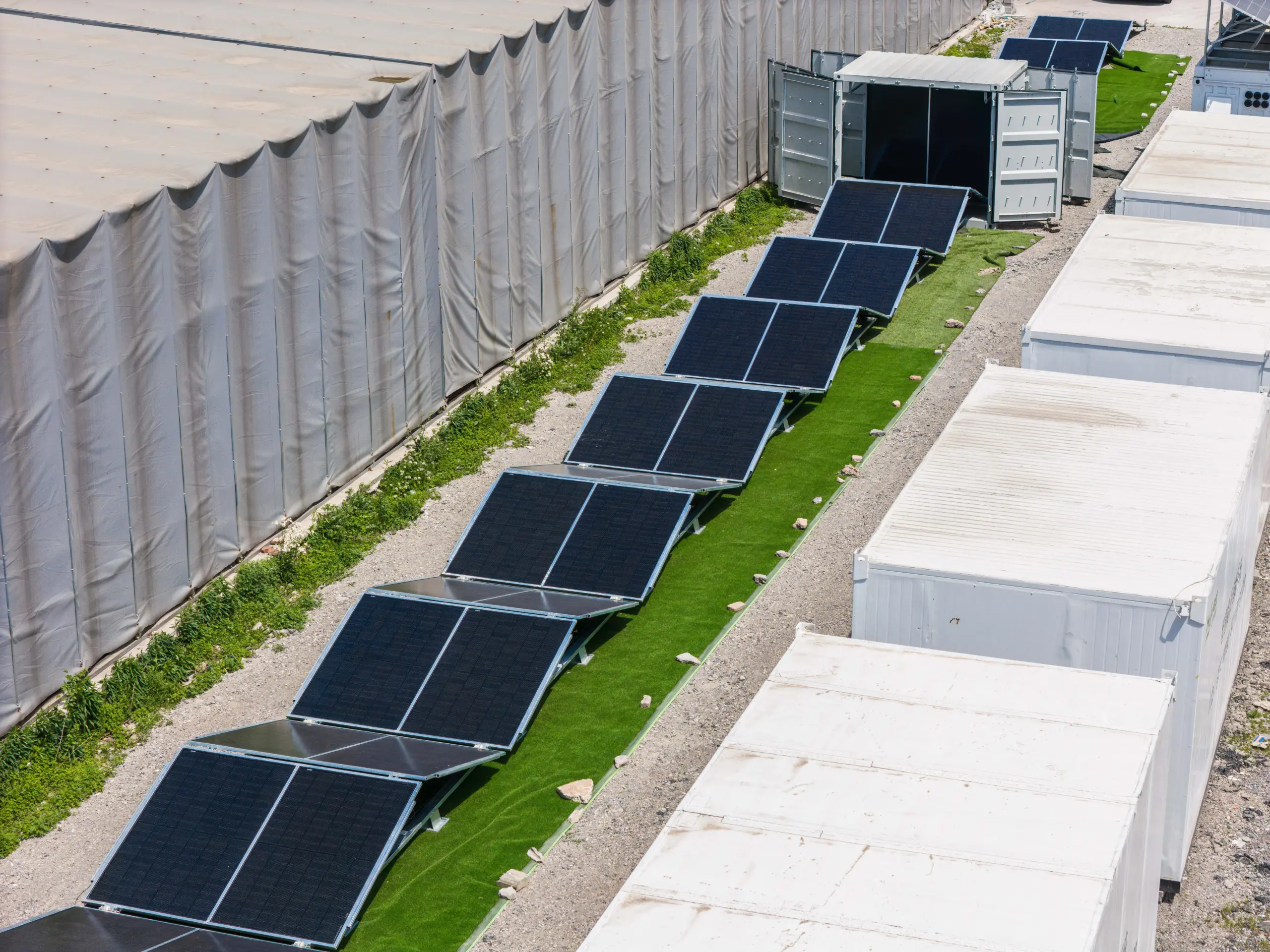A mobile solar container can provide clean, off-grid power to remote locations, construction camps, island resorts, and field operations. The systems are expanding in application where diesel delivery is not feasible, and grid access does not exist.
But beyond portability, the real question is:
How do mobile solar containers work efficiently, especially in real-world conditions?
The answer lies in more than just solar panels. Successful operation depends on the integration of solar harvesting, battery storage, energy management, and smart system design.
What Is a Mobile Solar Container?
A mobile solar container is typically a converted shipping container equipped with:
- Integrated solar panels (typically foldable or extendable)
- Battery storage (typically LiFePO₄ lithium batteries)
- A centralized Energy Management System (EMS)
- Inverters to convert DC to usable AC power
- Optional hybrid or generator backup integration
Pre-wired, compact, and set up for quick deployment—usually within hours of arriving on a site.

How Do Mobile Solar Containers Work Efficiently?
1. Solar Panel Design and Optimization
Efficient systems begin with the way solar energy is collected.
- Some containers use fold-out arrays to expand total solar surface area.
- MPPT controllers (Maximum Power Point Tracking) constantly regulate voltage for peak performance.
- Bifacial panels are increasingly used to harvest both direct and reflected sunlight.
- Manual or automatic tilt adjustment in certain models increases solar incidence throughout the day.
These kinds of upgrades allow systems to reach optimum energy output without footprint increase.
2. Smart Battery Storage and Management
Solar energy must be stored for use after sunset or during cloudy days.
- Lithium Iron Phosphate (LiFePO₄) batteries provide long life, superior safety, and deep discharge capability.
- Advanced Battery Management Systems (BMS) are real-time monitored for performance.
- Storage capacity is typically designed to supply 24–72 hours of usage, depending on configuration.
Accurate battery management avoids deep discharge, extends life, and improves energy availability.
3. Intelligent Energy Management System (EMS)
The EMS delivers real-time control and automation of the energy flow.
Some of its key functions include:
- Monitoring of solar production, battery level, and load consumption
- Shifting load priority based on battery status
- Pre-defined rules for which devices operate when and in what conditions
- Remote updating and diagnostics
An EMS automatically balances power usage with no human interaction, ensuring seamless operation.
4. Prioritisation and Load Scheduling
Optimised operation is dependent on understanding how and when electricity is being used.
- Critical loads (medical fridges, telecoms, security systems, etc.) receive highest priority.
- Non-essential loads (lighting, entertainment, AC, etc.) are scheduled based on solar production and battery state of charge.
- Power-hungry appliances can be programmed to run during peak sun hours.
- Load shifting avoids deep battery discharge.
Load shifting decreases battery stress and enhances long-term performance.
5. Design-based Loss Minimization
Every mobile solar container also reduces energy loss from internal system components.
- Oversized cables minimize transmission loss.
- Efficient inverters reduce energy loss during conversion.
- Proper ventilation ensures battery health and reduces heat-based inefficiency.
- Passive cooling devices or fans can be installed where ambient temperatures are high.
Design characteristics like these increase total energy output without additional generation.
Case Example: Installation in a Remote Worksite
In 2024, a mobile solar container was installed at a remote mining support base in Chile. The system included:
- 10 kW solar array (folding type)
- 40 kWh lithium battery bank
- EMS with satellite link
- Diesel generator as emergency backup
After six months:
- Generator runtime decreased by 90%
- Battery system allowed full overnight autonomy
- EMS data allowed predictive load management
- Maintenance visits reduced from monthly to quarterly
This system delivered reliable power with minimal downtime in spite of harsh environmental conditions.

Why Efficiency Matters
In remote deployments, energy waste is not just a cost problem—it can affect operations.
- Reduced efficiency leads to more frequent generator usage.
- Inefficient load scheduling can lead to low-voltage shutdowns.
- Overloaded batteries premature age and require costly replacements.
- Poor solar design takes up more space or units for the same output.
More reliable systems are more reliable, less maintenance-prone, and better suited to mission-critical applications.
Final Consideration
If you're going to be relying on a containerized solar system for remote power, it's worth looking at more than capacity. Ask:
- How intelligent is the system about energy management?
- Can it automatically prioritize critical loads?
- Does it perform well on low-sun days?
Productive mobile solar containers are not only defined by how much power they generate—but how effectively they use, store, and control it.
Want to see a mobile-deployable, off-grid solar container in action?
Take a look at this commercial system designed for field deployment:
Off-Grid Folding Solar System – LZYESS

